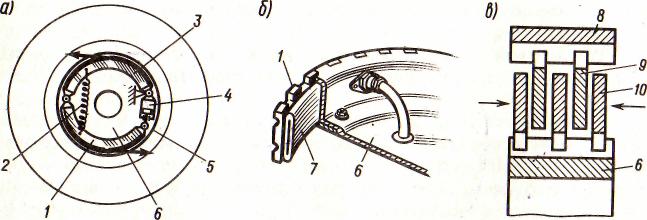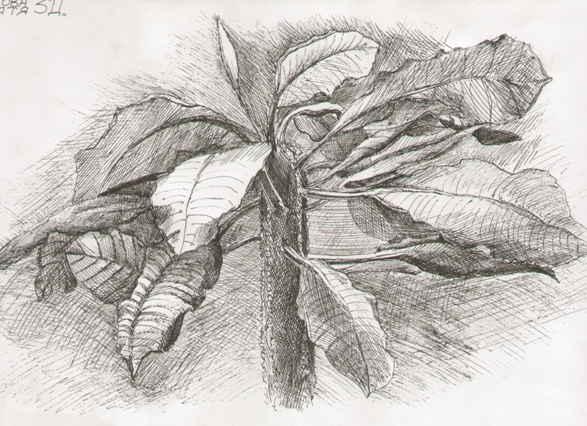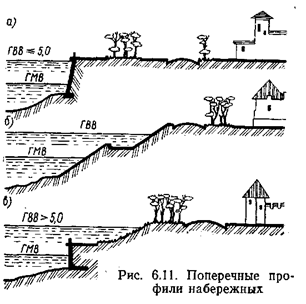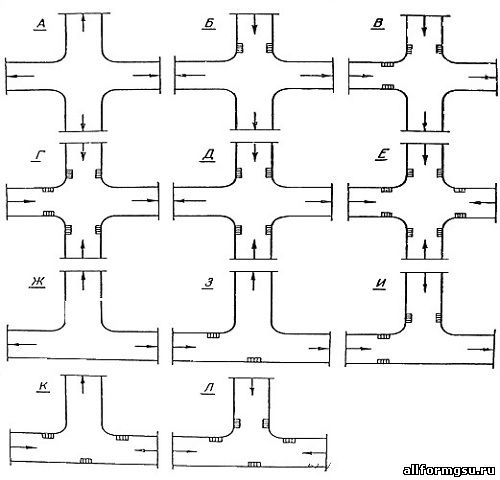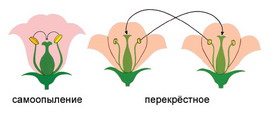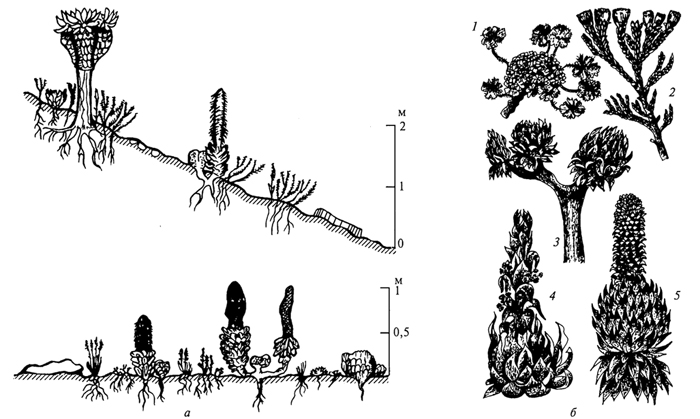adobe - сырец, кирпич воздушной сушки
cast iron - чугун
covering - покрытие
dome - купол, свод
drain - дренажная труба
flat - плоский, ровный
gabled - остроконечный
hipped roof - вальмовая четы-
рёхскатная крыша
inclination - уклон, скат
leak - утечка, течь
membrane surface - кровельная поверхность
precipitation -атмосферные осадки
puncture - прокол, дырка, пробивание
to penetrate - проникать внутрь, просачиваться
reinforced concrete beam - железобетонная балка
rigid - жёсткий
ridge - конёк крыши
shed roof - односкатная крыша
slope - скат, уклон
shingle - кровельная черепица
slate - шифер
steel girder - стальная балка
to trap - поглощать
to tend - иметь тенденцию, склоняться к чему-либо
uppermost - верхний, главный
Ex.2 Научитесь хорошо читать и письменно переведите текст.
Roofs: types and parts
One of the most important elements of your house is the roof. A roof is the covering on the uppermost part of a building. It protects the building and its contents from the effects of weather: rain, heat, sunlight, cold, snow and wind.
The characteristics of a roof are depend upon the climate of an area, the purpose of the building that it covers, the available roofing materials and the local traditions of construction and wider concepts of architectural design and practice. Roofs can be sloped, flat or domed. Within these three broad categories, many variations are possible, for example mansard, hipped, gabled, conical etc.
Sloped Roofs
A sloped or pitched roof is a roof with two slopes that meet at a central ridge. Sloped roofs prevent buildings from heavy rains and snowfalls. Water can down sloped roofs and go down to the drain. A sloped roof can be a simple or a complex roof form using a combination of different shapes mentioned above.
Flat roofs
Flat roofs are completely different from sloped roofs. These are used in regions with a low precipitation and dry climate. The traditional material used are concrete, brick or adobe. In contrast to the sloped form of a roof, a flat roof is horizontal or nearly horizontal. Materials that cover flat roofs typically allow the water to run off freely from a very slight inclination.
Flat roofs tend to be attractive to human traffic. Anything which produces a crack or puncture in the surface can quite readily lead to leaks. One of the more interesting emerging methods of protecting the roofing membrane is to use a layer of topsoil and grasses. Care should be taken not to plant anything the roots of which will penetrate the membrane surface. The green roof traps moisture on the roof and keeps it up in the soil and plants, but not on the membrane surface.
Parts of a roof
There are two parts of a roof, its supporting structure and its uppermost weatherproof layer.
The supporting structure of a roof usually comprises beams that are long and of strong, fairly rigid material such as timber, and since the middle of 19th century, cast iron or steel. Timber lends itself to a great variety of roof shapes. The timber structure can fulfill an aesthetic as well as practical function. With continual improvements in steel girders, these became the major structural support for large roofs, and eventually for ordinary houses as well. Another form of girder is the reinforced concrete beam, in which metal rods are encased in concrete, giving it greater strength under tension.
Uppermost layer shows great variation depending upon availability of material. In simple architecture, roofing material is often vegetation, such as thatches, sea grass and bamboo with a life of perhaps 40 years. In areas with an abundance of timber, wooden shingles are used. The slate roof is often considered the best type of roofing because slate is an ideal and durable material. A slate roof may last 75 to 150 years, and even longer.
In the 20th century a large number of roofing materials were developed, including roofs based on bitumen, on rubber and on a range of synthetics such as thermoplastic and on fiberglass. Since then, many types of metal roofing have been developed. Steel shingle roofs last about 50 years or more depending on both the method of installation and the moisture barrier (underlayment) used.
Задания присылать на почту [email protected]

